
CASO MAURITIUS
This is an appeal from a judgment of the Court of Civil Appeal of Mauritius (Pillay CJ, Balgobin J) on 18 September 2001 dismissing an appeal against a judgment of the Supreme Court (Matadeen J) which was delivered on 6 October 2000. The judge had upheld the respondents’ plea in limine litis that there was probable cause for the detention of goods which the appellants had imported into Mauritius within the meaning of section 150 of the Customs Act 1988. Having done so, he dismissed the appellants’ claim against the respondents for damages.
THE FACTS
The appellants carry on business as importers, distributors and retailers of general goods. In or about November 1995 they imported into Mauritius two containers of goods from Taiwan. The goods were placed by the respondents into a warehouse. One container contained a consignment of baby walkers. The other contained a consignment of baby strollers.
Section 25 of the Customs Act 1988 provides that goods shall be subject to the control of Customs, in the case of goods imported, from the time of import until removal for home consumption, or until the time of export, whichever shall first happen. Section 34 of the Act provides that the person entering any goods, whether for himself or on behalf of any importer or exporter, shall deliver to the Comptroller of Customs a bill of entry in respect of those goods in the prescribed form. Rule 4(a) of the Customs Tariff (Classification of Goods) Regulations 1988 provides that the classification of goods for the purposes of the Act shall be determined in accordance with the International Convention on the Harmonized Commodity Description and Coding System and any relevant publications relating to it of the Customs Co-operation Council, which is located in Brussels. Among the particulars to be entered on the prescribed form is the code according to the Nomenclature in the International Convention, known as the H S Code, under which the goods are classified in Mauritius for customs tariff purposes.
The appellants’ director, Mr. Muktar Mauthoor, submitted a single bill of entry dated 4 December 1995 for the two consignments. In a space on the prescribed form which was headed “Marks & Numbers” he identified the consignments by their container numbers. In a space which was headed “Description of goods” he entered the words “Baby Walker and Stroller”. In a space which was headed “H S Code” he entered the number 871500. This is the H S Code which is listed against the description “baby carriages and parts thereof” in chapter 87 of the First Schedule to the Nomenclature. That chapter is headed “Vehicles other than railway or tramway rolling-stock and parts and accessories thereof”.
The first respondent was of the opinion that, while H S Code 871500 was the appropriate code for baby strollers, the correct code for baby walkers was 940180. This is the H S Code which is entered against the description “Other seats, with metal frames” in chapter 94 of the First Schedule. That chapter deals with furniture and other miscellaneous manufactured articles. The items listed in chapter 94 attract a substantially higher rate of customs duty than those which are listed in chapter 84. That this was the position of the Customs on this matter was already known to Mr. Mauthoor, as he had sought clarification as to the correct tariff for baby walkers about three years previously.
On 24 March 1992, in his capacity as a director of Windsor Cycle Mart Ltd, Mr. Mauthoor wrote to the Customs Co-operation Council in Brussels seeking their advice on the correct tariff classification for baby walkers. He stated that for his latest consignment of baby walkers he had been informed that the tariff classification was no longer 871501 but was now 940180, and that he had had to pay additional duties as a result. He also said that the officials in the customs department themselves differed on the classification of these articles. On 28 April 1992 the first respondent wrote to him stating, with reference to his letter of 24 March 1992, that the department would like to inform him that the Customs Co-operation Council’s view on the classification of baby walkers was that they were classified as 940180. There is no evidence that Mr. Mauthoor received a direct reply to his letter from the Customs Co-operation Council or of the correspondence, if any, that the first respondent entered into with the Council on this issue.
Mr. Mauthoor continued to believe that baby walkers were correctly classified as 871500, and it is common ground that goods of this description are not expressly mentioned anywhere in the relevant schedule. However, when the bill of entry which he had prepared was scrutinised by the Customs officers, it was rejected by them on the ground that the wrong classification had been entered on it for the baby walkers. Mr. Mauthoor immediately tendered an amended bill of entry showing that the H S Code for the baby walkers was 940180, but the officers refused to accept it. They refused to release the goods to him, and they continued to detain both consignments in the warehouse.
The first respondent was of the opinion that, in view of this exchange of correspondence, Mr. Mauthoor had knowingly mis-stated the H S Code on the bill of entry which he completed for the consignment of baby walkers on 4 December 1995. He informed the appellants by letter dated 19 December 1995 that the baby walkers had been incorrectly declared by them on the bill of entry under H S Code 871500. He said that they had committed an offence in breach of section 158(3) of the Act because of the incorrect classification. Paragraph (b) of section 158(3) provides that every person who, for any purposes under that Act, makes any entry which is false in any particular shall commit an offence. There is no evidence that the appellants replied to that letter. By letter dated 20 January 1996 the first respondent informed the appellants that they could compound the offence by paying the customs duty and other taxes amounting to Rs 298,741 on the baby walkers, a further amount of Rs 398 for the customs duty and taxes due on various other items which had not been declared on the bill of entry and an amount of Rs 486,216 as penalty.
Mr. Mauthoor replied to this proposal by letter dated 30 January 1996. He said that he was unable to accept compounding on the terms proposed, but that he was at the disposal of the Customs department for an amicable settlement if need be. In a further letter dated 22 February 1996 he continued to maintain that the baby walkers should be classified as 871500. He pointed out that item 940180 referred to seats with metal frames, whereas the baby walkers which he was seeking to import were equipped with plastic frames and with wheels. He said that their purpose was different from the item referred to under H S Code 940180. The first respondent declined to accept this argument and refused to release any part of the consignment from the warehouse. On 30 October 1996, without prior notice to the appellants, one of the two containers was sold by the Mauritius Marine Authority.
The appellants then brought proceedings against the respondents in the Supreme Court in which they sought an order for the release to them of the consignment of baby walkers and strollers which the first respondent had detained. They also sought payment by the respondents of the sum of Rs 4,726,833 for the value of the property seized, loss of profit, damages for the adverse effect on importation and loss of consequential profit and moral damages. The respondents lodged a statement of defence denying liability.
The case came to trial before Matadeen J on 18 July 2000. At the outset of the hearing the respondents sought and were granted leave to amend their statement of defence by adding a plea in limine litis claiming immunity from the claims made in the action under section 150 of the Customs Act 1988. Section 150 of that Act provides:
Notwithstanding the Public Officers Protection Act, where any action has been entered before a court on account of the seizure of any goods, aircraft or ship, or pursuant to any act done by any officer in the execution of his duty under any customs laws and it appears to the court that there was probable cause for such seizure or act, the court shall so declare and thereafter the person who effected the seizure or performed the act shall be immune from all proceedings, whether civil or criminal, on account of such seizure or act.
Matadeen J delivered his judgment on 6 October 2000. He summarised the evidence which had been led for the respondents to substantiate their contention that the first respondent had acted on probable cause. Their witness, the Deputy Comptroller, had referred to the previous exchange of correspondence with Mr. Mauthoor which, he said, showed that Mr. Mauthoor was fully aware of the correct classification of baby walkers when the appellants submitted their bill of entry with the wrong tariff. He conceded that the customs authorities at the airport might have accepted a bill of entry declaring similar goods under H S Code 871500. But he said that these documents were normally scrutinised by his department’s internal auditors and the importer made to pay the appropriate duty. The judge noted that no evidence had been led on the appellants’ behalf. But he said that the evidence on record showed that Mr. Mauthoor was fully aware of the correct classification of the goods since 1993 but deliberately chose to declare them under a tariff heading which would attract a lesser amount of duty. He said that he thereby committed an offence under the Customs Act.
Matadeen J also rejected the appellants’ argument that section 150 of the Customs Act was unconstitutional. He said that the short answer to that submission was to be found in section 8(4)(ii) of the Constitution, which provides that nothing done under the authority of any law shall be held to be inconsistent with or in contravention of the constitutional right to be protected from the deprivation of property to the extent that the law in question makes provision for the taking of possession of property by way of forfeiture in consequence of a breach of the law. He concluded his judgment with these words:
As the evidence shows that the first defendant has acted in good faith and in the absence of any evidence indicating that he was motivated by malice, I find that there was probable cause for the detention of the plaintiff’s goods. Consequently, I uphold the plea in limine litis and set aside the plaintiff’s claim, with costs.
The appellants contended in their appeal to the Court of Civil Appeal that the judge was wrong to uphold the plea in limine as the seizure of their goods was unreasonable, that their constitutional right to the protection of their property under section 8(1) of the Constitution had been violated and that section 150 of the 1988 Act was ultra vires as it violated their constitutional rights to the protection of the law and to the protection of their property. The Court of Appeal observed that Mr. Mauthoor had never been prosecuted under section 158 of the Customs Act and that the goods had not been seized under the provision of the Act which provides that goods may be seized. But they accepted the finding by the trial judge that he was fully aware of the correct classification of the goods since 1993 but deliberately chose to declare them under a tariff heading which would attract a lesser amount of duty. They held that there was no substance in the ground of appeal which was directed to the upholding of the plea in limine. They said that the appellants’ claim was about the detention of the goods, not their seizure and disposal, and that the provisions of the Constitution on which the appellants relied did not apply in this case. They did not in any event agree with Matadeen J that section 8(4)(ii) of the Constitution was in point in this case. In their opinion the relevant derogation from the right not to be deprived of one’s property was in section 8(4)(vii), which permits the taking of property for so long as may be necessary for the purposes of any investigation, trial or inquiry. This was because there was undisputed evidence that the first respondent had detained the goods in the course of an inquiry.
THE CLASSIFICATION UNDER HS CODE OF BABY WALKERS
As has already been mentioned, goods described as baby walkers are not expressly mentioned anywhere in the classification of goods in the Nomenclature. Part I of Schedule I sets out the general rules for the interpretation of the harmonized system, and in particular the principles by which the classification of goods in the Nomenclature are to be governed. Rule 4 states that goods which cannot be classified in accordance with the rules shall be classified under the heading appropriate to the goods to which they are most akin. Item 940180 in the HS Code refers to seats with metal frames. Baby walkers are, of course, provided with seats. But Mr. Mauthoor pointed out in his letter to the first respondent dated 22 February 1996 that the baby walkers which he was seeking to import were equipped with plastic frames and with wheels. It is well known that baby walkers would be unable to perform their function without wheels. They are designed for use by babies who have not yet learned to walk by themselves. It is the wheels that enable them to move from place to place from a seated position within the frame of the baby walker. It is not difficult to understand why Mr. Mauthoor found it hard to accept that these items were properly classified as seats in view of the fact that they were designed to enable babies to move about as if they were in a vehicle.
Item 871500 refers to baby carriages and parts thereof. There is no dispute that baby strollers fall within the description which is given to goods falling under this heading of the Schedule. Baby walkers differ from baby strollers, which are designed to enable people to push babies from place to place. Baby strollers are, in effect, a kind of baby carriage. It is not self-evident that baby walkers are akin to baby carriages. But at first sight Mr. Mauthoor’s contention that these are the goods to which baby walkers are “most akin” was not unreasonable.
As it happens, Mr. Mauthoor was not alone in wishing to challenge the position which the first respondent had adopted in this matter. In Toys R Us Ltd v Comptroller of Customs, Cause No 28/98/CUS, the Tax Appeal Tribunal were asked to determine whether the first respondent was right to have classified baby walkers under H S Code 940180 as opposed to H S Code 871500 as the appellant in that case claimed. In their determination which was issued on 23 September 1999 the Tribunal observed that baby walkers are not baby carriages or prams, as their primary purpose was not for carrying babies, but that they do carry babies along in their endeavours to maintain an equilibrium on their unstable little legs during their first steps and prevent them from falling and injuring themselves. They said that it was obvious to their minds that the classification under H S Code 871500 was more appropriate than that under H S Code 940180 as it more precisely described the goods under reference in the circumstances. They allowed the appeal and ordered the excess duty to be refunded to the appellant.
The first respondent appealed against that decision to the Supreme Court. In Comptroller of Customs v Toys R Us Ltd, 2000 SCJ 330 the Supreme Court (Narayen and Seetulsingh, JJ) dismissed the appeal. The judgment was delivered by Seeltulsingh J on 10 November 2000. He expressed his view of the case in these terms:
By no stretch of the imagination can baby walkers be assimilated to furniture and seats. A baby stands and attempts to walk in a baby walker. The latter is not meant to be a seat where parents could leave a baby for long hours. The piece of cloth or other material within the frame of the baby walker as well as the frame itself are intended to help a baby to maintain his balance while learning to walk. The cloth is not supposed to be a seat bottom. In short a baby walker is for a baby to walk in, not to sit on.
In a final remark he said that when in doubt the Comptroller of Customs seeks the views of the Customs Co-operation Council in Brussels, and that it seemed that this had not been done in that case.
The decision of the Tax Appeal Tribunal had already been issued by the time the present case came to trial before Matadeen J on 18 July 2000. He does not mention that decision in his judgment, and it appears that his attention was not drawn to it by either party. The decision of the Supreme Court in Comptroller of Customs v Toys R Us Ltd was delivered within five weeks of the date when Matadeen J delivered his judgment. The Court of Civil Appeal do not mention that decision in their judgment, but Mr. Toorbuth said that they were referred to it in the course of the argument. It was not, of course, directed to the issues which that court had to decide in this case, at the heart of which are the questions whether the first respondent was entitled to claim immunity under section 150 of the Customs Act 1988 and whether the detention of the appellants’ goods was in contravention of section 8(1) of the Constitution. But the decision forms an important part of the background against which Mr. Mauthoor’s actions are to be judged. He stuck to his guns as to the way baby walkers should be classified, and in the event he has been proved right.
THE PLEA IN LIMINE
The question to which their Lordships now turn is whether the first respondent is entitled to claim immunity from the appellants’ claim under section 150 of the 1988 Act. Counsel for the appellants said that the plea in limine litis, which was introduced into the case by an amendment at the start of the trial, had taken them by surprise and Mr. Ramdhun submitted that they ought to have been given time to prepare their evidence in reply to it. But the record shows that no request for more time was made to the trial judge, and that when he was given the opportunity Mr. Toorbuth said that he was not proposing to adduce any evidence. The case must be approached therefore on the basis of the evidence which was led by the first respondent. That evidence was accepted by the trial judge, and there was no contrary evidence.
Section 150 of the 1988 Act provides protection to an officer who seizes any goods or performs any act in the execution of his duty under any customs laws. The protection is available if it appears to the court that there was probable cause for such seizure or act. If the court is of that opinion, it shall so declare, and the person who effected the seizure or performed the act shall be immune from all proceedings on account of it. This analysis of the section shows that, if it is to apply, two things must be established by the evidence.
First, the officer must have effected a “seizure” or have done an “act” in the execution of his duty under any customs laws.
Secondly, he must have had “probable cause” for the seizure or the act, as the case may be.
As to the first point, section 151(1)(a) of the Act provides that an officer (who is defined in section 2 of the Act as including any person employed in the service of Customs) may seize goods imported into Mauritius in relation to which an offence under the customs laws is reasonably suspected to have been committed by any person. Section 143 of the Act provides that, where any goods have been seized under the Act, the Comptroller shall serve notice in writing of the seizure and the cause thereof to the owner of the goods or his agent. Various consequences provided for by the Act may then follow. In this case however no notice was served on the appellants that their goods had been seized. When he was asked whether such a notice had been issued the first respondent’s witness replied: “No, my Lord, because we never seized. But we detained the goods”. The finding by the trial judge was that the first respondent had caused the goods to be detained.
The question then is whether it was shown by the evidence that the goods were detained by an officer in the execution of his duty under any customs laws. Mr. Davison for the respondents accepted that the Act does not confer an express power on an officer to detain. He submitted that a power to detain was implied by section 17 of the Act. That section applies where information has been received by the Comptroller or the Comptroller has reason to believe inter alia that goods have been under-declared, unlawfully entered or illegally dealt with. It provides that in that event the importer shall, immediately on being requested to do so by the Comptroller, produce and hand over to the Comptroller all books, invoices and documents relating to those goods. Their Lordships are prepared to accept that the section implies that an officer may detain the goods upon their arrival in Mauritius so that he can consider whether they have been under-declared, unlawfully entered or illegally dealt with. But the longer the period of detention is the more difficult it is to regard this as an act that can be performed without express statutory authority.
Their Lordships do not need to decide the issue as to whether section 17 of the Act provided statutory authority for the detention which occurred in this case as there is no evidence that, following his initial examination of them and his rejection of the bill of entry which accompanied them, the first respondent was continuing to detain the goods for any of the purposes set out in section 17. The only reason which he gave for continuing to detain the goods was that the appellants had committed an offence under section 158 of the Customs Act. But the only act which the officer is authorised by the Act to do where he reasonably suspects that an offence has been committed is to seize the goods, and it is accepted that there was no seizure in this case. The Court of Appeal were careful also not to proceed on the basis that the appellants had committed an offence. They said that there was undisputed evidence that the first respondent detained the goods in the course of an inquiry. That is so. But any such inquiry was over and done with by 20 January 1996 when the first respondent wrote to the appellants setting out the terms which he proposed for compounding the offence which he maintained had been committed.
Then there is the question whether it was open to the court to hold that there was “probable cause” for the detention. These words are very familiar. They indicate that the court must apply an objective test to the evidence. It is not sufficient that the officer thought that he had probable cause. The court must be satisfied that there was in fact probable cause for the act which he did. The first respondent’s case is that the officer who detained the goods had reason to suspect that the appellants had committed an offence under section 158(3)(b) of the Act. This was because, as he stated in his letter to the appellants dated 19 December 1995, they had incorrectly classified the baby walkers under tariff item 871500. Section 158(3)(b) provides that every person who, for any purpose under the Act, makes any entry which is false in any particular shall commit an offence.
Mr. Davison said that there was evidence before the trial judge that the appellants had deliberately and knowingly mis-stated the tariff for the baby walkers on the bill of entry. There was evidence that the first respondent was of the view that the appellants had committed an offence under section 158(3)(b), and the trial judge went so far as to say that they had breached the Customs Act. But, as the Court of Appeal observed, the appellants were never charged with committing that or any other offence under the Act. Moreover an examination of the bill of entry shows that the contents of the containers were correctly described by Mr. Mauthoor. He made no secret of the fact that one of them contained a consignment of baby walkers or of the fact that he was applying the same tariff entry to that consignment as he was to the consignment of baby strollers. He was not bound to accept without question the opinion of the officers as to how baby walkers were to be classified.
But the most compelling answer to the submission that the tariff for the baby walkers was mis-stated by Mr. Mauthoor is to be found in the decision of the Supreme Court in Comptroller of Customs v Toys R Us Ltd. The fact that the court in that case held that the correct tariff for baby walkers is 871500 shows that Mr. Mauthoor was right all along. It is impossible for it now to be asserted that the tariff for these goods was mis-stated by him. The court’s comment that by no stretch of the imagination could baby walkers be assimilated to furniture and seats demonstrates the unreality of the position that the first respondent was adopting on this issue. It also shows that there was room for a genuine difference of view on the matter.
The proper course for the first respondent to have adopted in these circumstances was to accept the amended bill of entry which Mr. Mauthoor tendered showing that the H S Code for the baby walkers was 940180, and allow him to pay the higher rate of duty under protest so that he could take the matter to appeal. As it is, the first respondent embarked upon a course of conduct for which there was no probable cause. The protection which section 150 of the Act provides is not available to the respondents in these circumstances, and trial judge was wrong to uphold the plea in limine.
CONCLUSION
Their Lordships do not need to deal with the other arguments which were advanced by counsel for the appellants in support of the appeal, except to say that it does not follow from the conclusion which they have reached that the course of action on which the first respondent embarked was without probable cause that the derogation in section 8(4)(vii) of the Constitution from the right not to be deprived of one’s property in respect of acts done under the authority of the law does not apply in this case. But the evidence which has been led so far falls short of what would be needed to bring the case within that derogation. The first respondent refrained from seizing the goods, and he has not demonstrated that he had lawful authority for their detention once Mr. Mauthoor had indicated by tendering an amended bill of entry that he was willing, albeit under protest, to pay the higher rate of duty which was payable on the baby walkers on the first respondent’s view as to how they should be classified.
For these reasons their Lordships will allow the appeal, set aside the judgment of Matadeen J and dismiss the respondents’ plea in limine litis claiming an immunity under section 150 of the Customs Act 1988. The case must be remitted to the trial judge for a hearing on the merits of the appellants’ claims. They express the hope that, in view of the delay that has been caused by the introduction of this plea, the hearing will take place as soon as possible. The costs of the proceedings to date in the Supreme Court will be costs in the cause. The respondents must pay the costs of the appeals to the Court of Civil Appeal and to their Lordships’ Board.
Cases
Toys R Us Ltd v Comptroller of Customs, Cause No 28/98/CUS; Comptroller of Customs v Toys R Us Ltd, 2000 SCJ 330
Legislations
Customs Act 1988: s.17, s.25, s.34, s.143, s.150, 151(1)(a), s.158
Customs Tariff (Classification of Goods) Regulations 1988: Rule 4(a)
International Convention on the Harmonized Commodity Description and Coding System
Constitution: s.8(4)(ii), s.8(4)(vii)
CASO USA:
AUGUST 27, 1991
CLA-2-94:S:N:N1:233 866223
CATEGORY: CLASSIFICATION
TARIFF NO.: 9401.79.0045
Ms. Shelley D. James
Nelson Juvenile Products, Inc.
P.O. Box 277
Custer, WA 98240
RE: The tariff classification of baby walkers from Taiwan.
Dear Ms. James:
In your letter dated August 19, 1991, you requested a tariff classification ruling.
The furniture items consist of two models of baby walkers, #23-113 and #23-123. Both models have a metal frame with a molded plastic base fitted on six casters which allows the baby to propel itself. The adjustible height seat is made of vinyl or vinyl covered with fabric. Both walkers have a molded plastic tray and gym attachments. They are incidental to the main function of the baby walker which is to serve as a seat for the baby. Both baby walkers are designed to be placed on tne floor or ground.
The applicable subheading for the baby walkers with metal frames will be 9401.79.0045, Harmonized Tariff Schedule of the United States (HTSUS), which provides for seats (other than those of heading 9402), and parts thereof, other seats, with metal frames, other, other, household. The rate of duty will be 4 percent ad valorem.
This ruling is being issued under the provisions of Section 177 of the Customs Regulations (19 C.F.R. 177).
A copy of this ruling letter should be attached to the entry documents filed at the time this merchandise is imported. If the documents have been filed without a copy, this ruling should be brought to the attention of the Customs officer handling the transaction.
Sincerely,
Jean F. Maguire
Area Director
CASO OMA:
9403.70 1. Baby walker of plastics with a folding tubular-steel frame mounted
on eight casters. It moves on the casters and includes a seat
formed by a piece of fabric in which two holes have been made to
allow the baby’s legs to pass through, together with a table to
which toys are attached. It is intended to help babies learn safely
how to walk.
Application of GIRs 1 and 6.

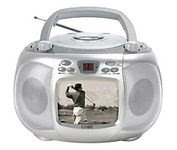..bmp)

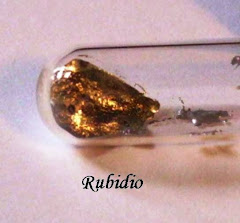


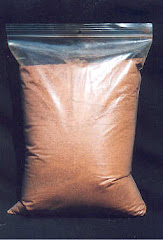..jpg)
..jpg)
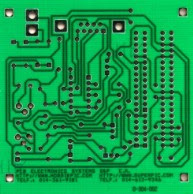
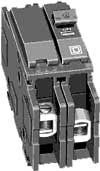
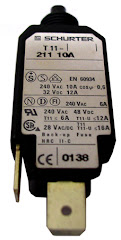

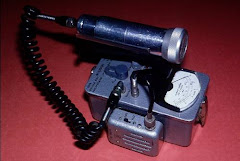


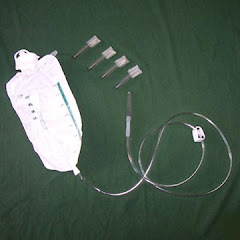.jpg)
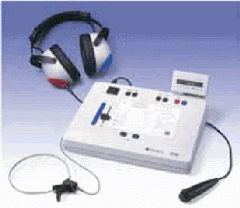.gif)
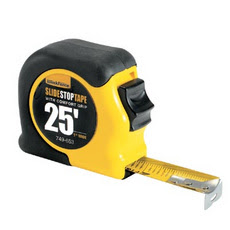.jpg)

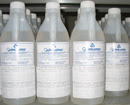
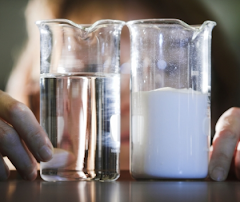
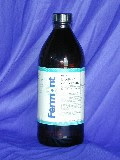

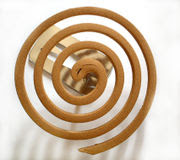

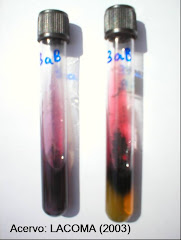
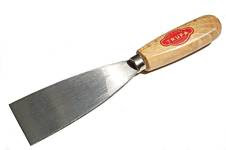
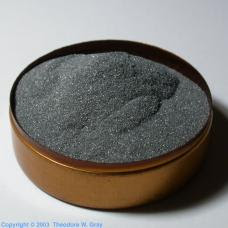..jpg)
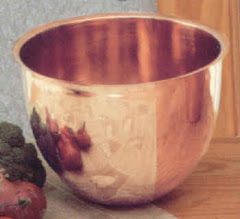
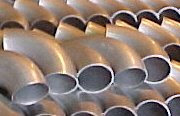+Stainless+steel+elbow.bmp)
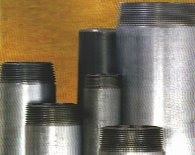
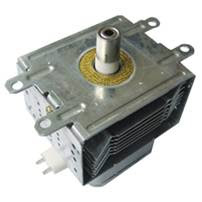
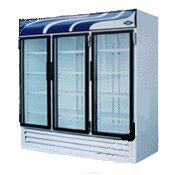
..jpg)
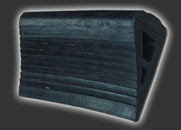
..jpg)

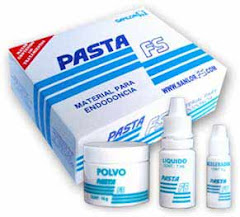..jpg)





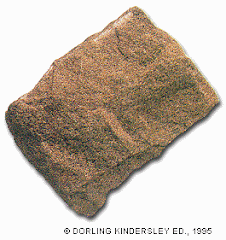
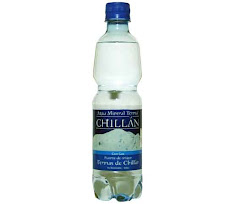
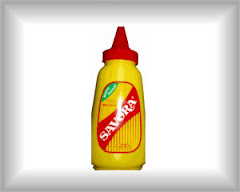

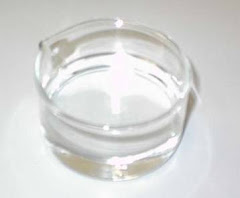

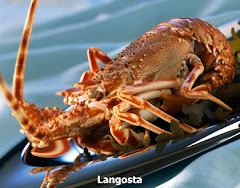



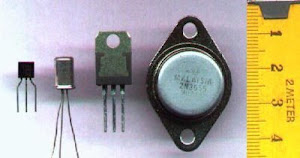
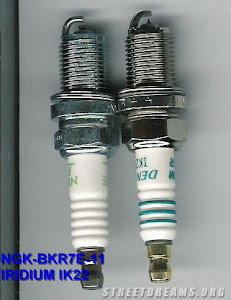


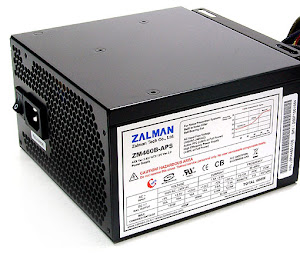..jpg)
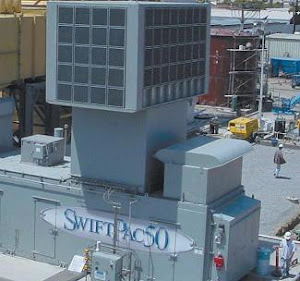..jpg)

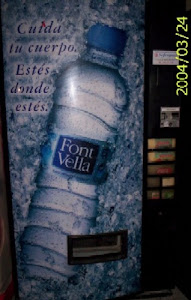
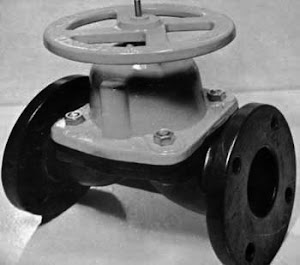..jpg)

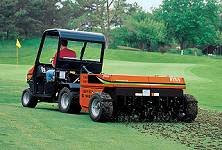
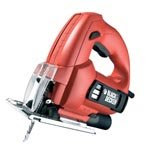

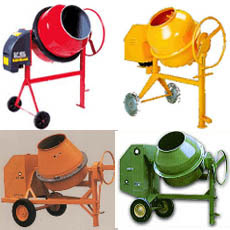

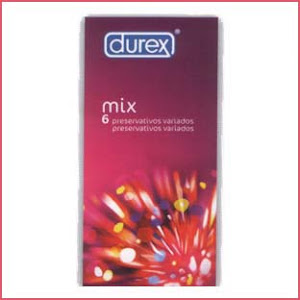
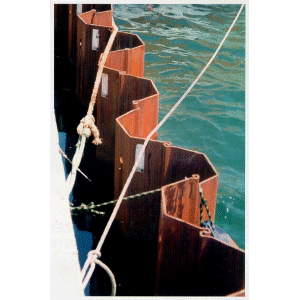Tablestacas..gif)

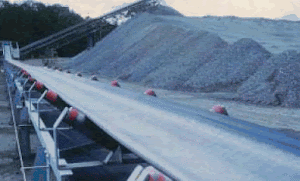.gif)
.bmp)

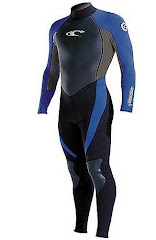

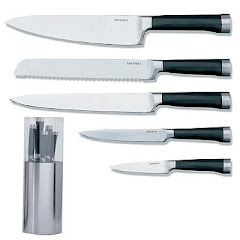
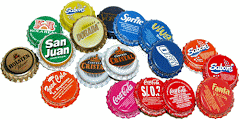


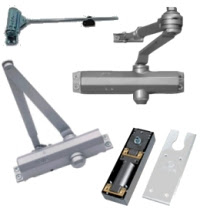
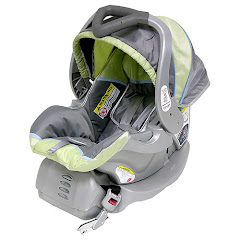
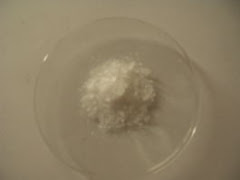
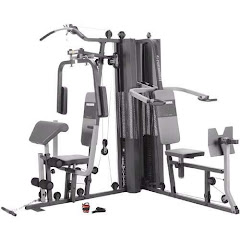
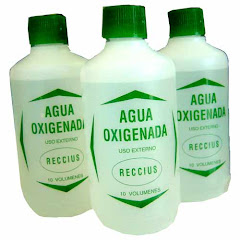..jpg)

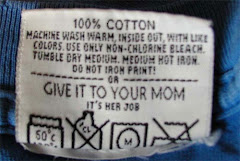
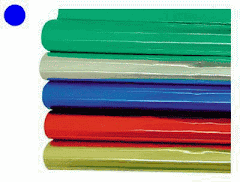
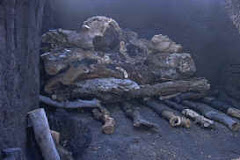.jpg)
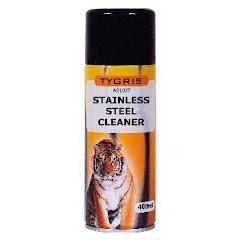
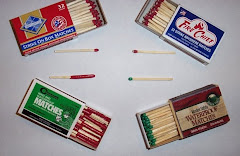
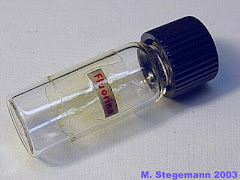
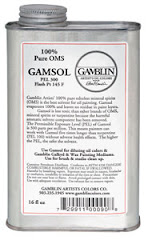..jpg)
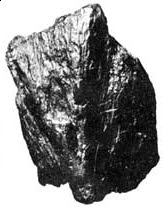
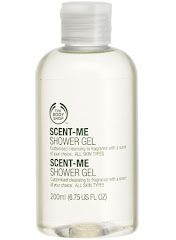
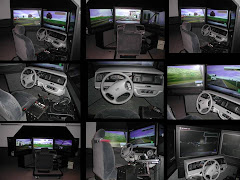
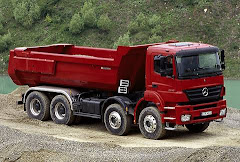.jpg)
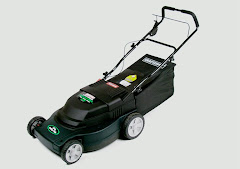
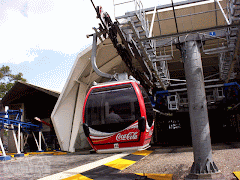
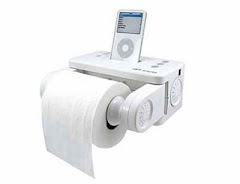
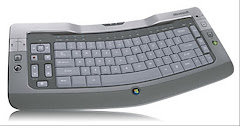
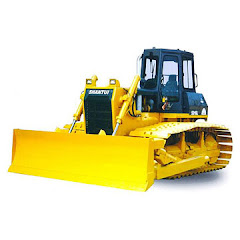..jpg)
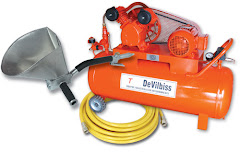
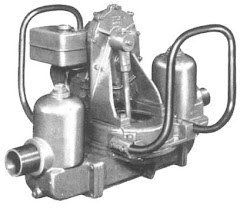

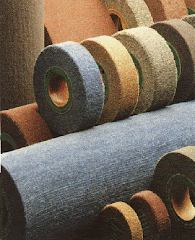.gif)

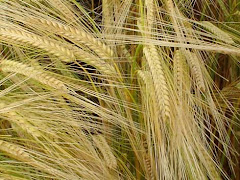
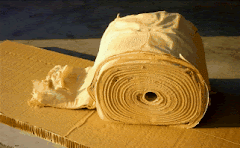

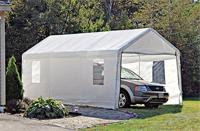..jpg)

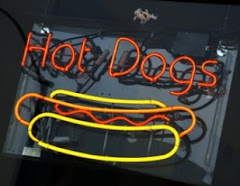

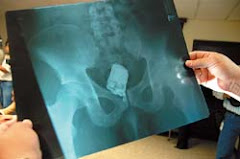
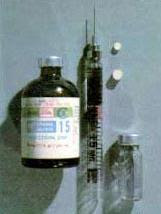
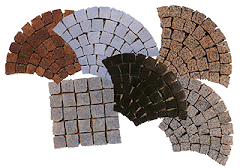
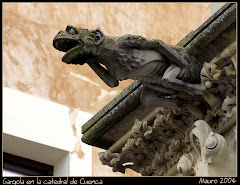
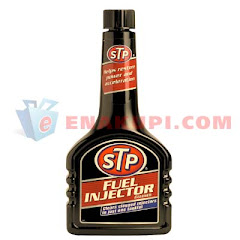
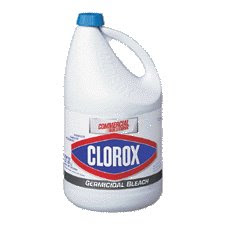



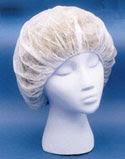

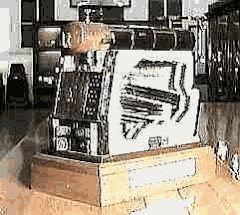
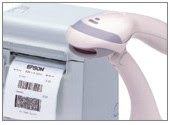
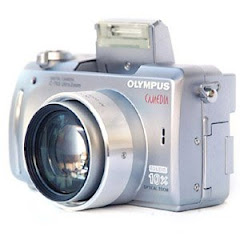
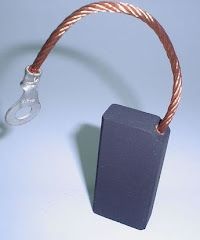
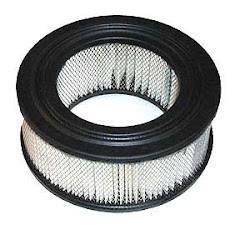
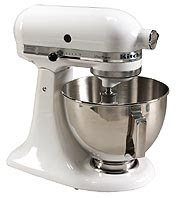

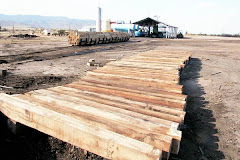+de+madera+para+vias,sin+impregnar.jpg)
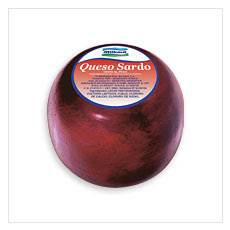
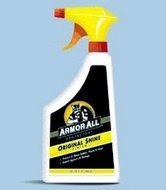
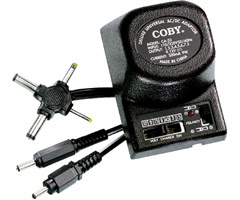




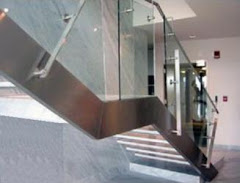
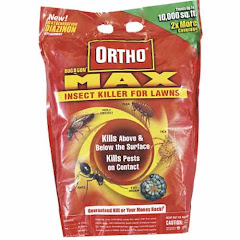..jpg)
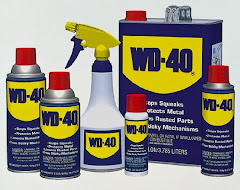
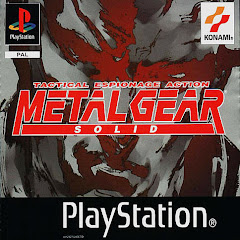
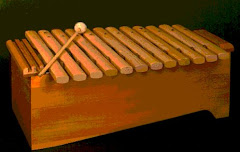
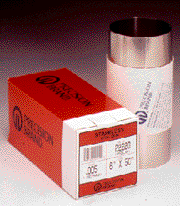.gif)
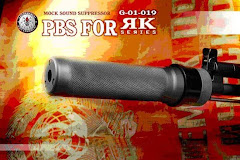
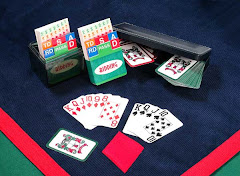
..jpg)
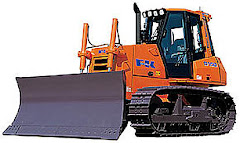+de+oruga.jpg)
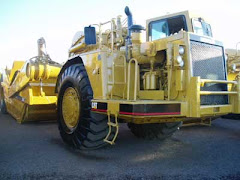
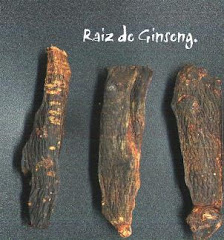
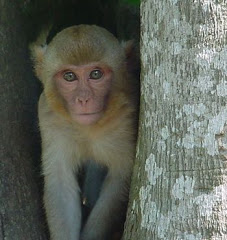
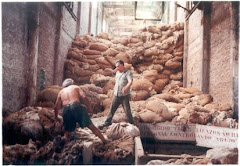
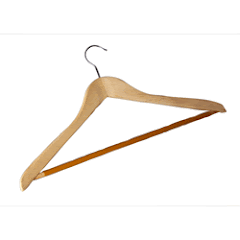
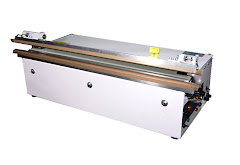
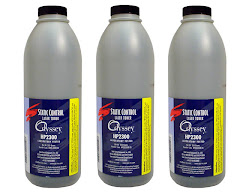
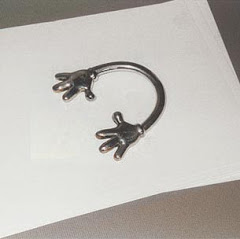

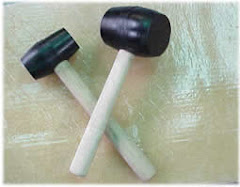
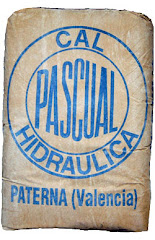



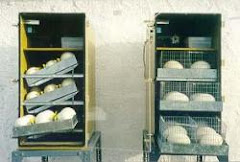

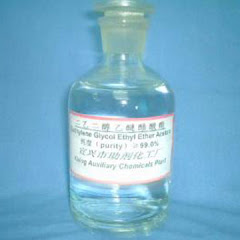
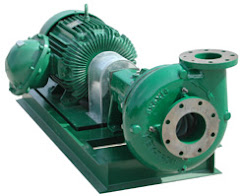
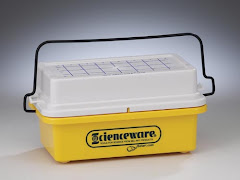+BEL-ART.jpg)
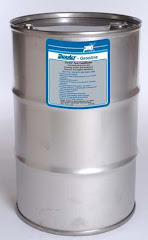

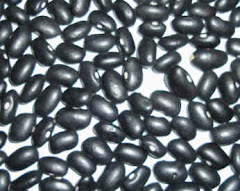
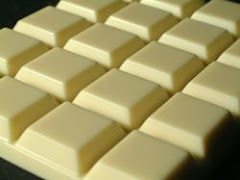
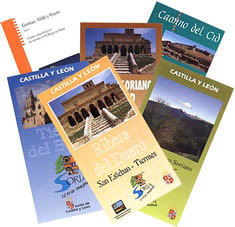


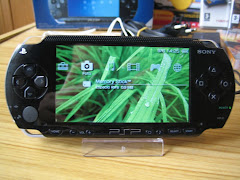

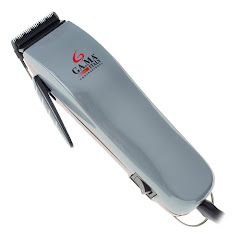

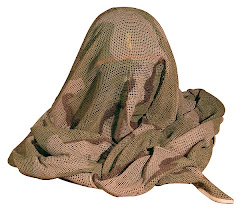.jpg)
..jpg)
.gif)
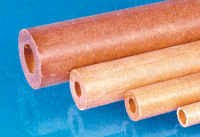..bmp)


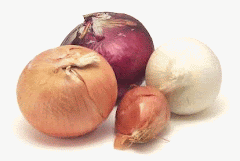
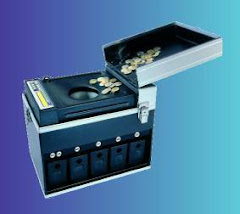
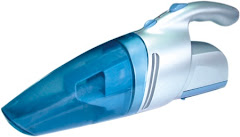
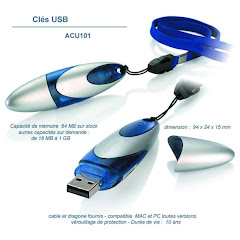.bmp)
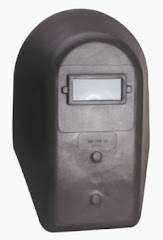
2 comentarios:
Hi, guantanamera121212
не факт
Publicar un comentario